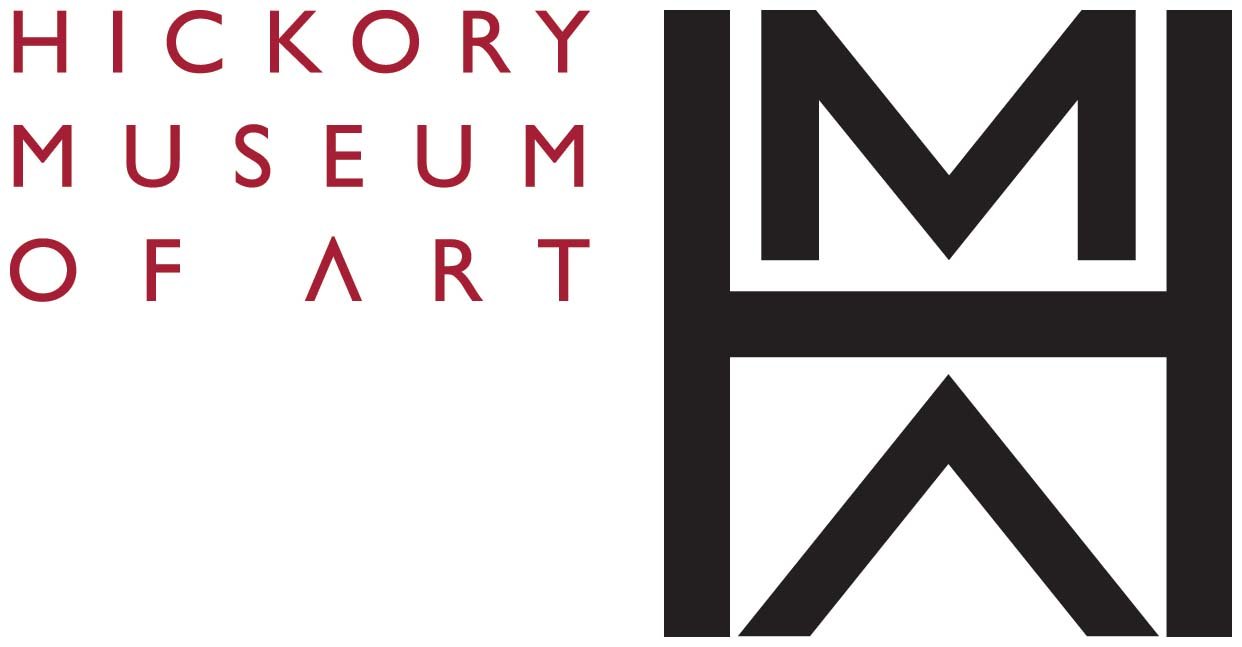The Joys of Senior Outreach
BettyGrace O’Hearn, member of the HMA Guild and one of the Museum’s volunteers, talks about her experience being part of bringing the joy of art to a group of financially challenged Catawba County seniors. This HMA program was started last year with funding from the State of North Carolina and the National Endowment for the Arts, through the North Carolina Arts Council, the Unifour Foundation and United Arts Council of Catawba County. O’Hearn’s partner in this project was Theresa Gloster, a folk-artist from Lenoir, NC.
It is such a reward to work with seniors. This segment of our society is often discounted just because they are old. But to the contrary, I personally heard stories from the heart where I learned and experienced what it was like to live a long span a years during difficult times. There is something about art that speaks to our hearts, our creativity, and our souls, and rekindles memories.
We visited the Seniors Morning Out programs throughout the county. These sessions provide fellowship, entertainment, and sometimes the only meal that day for many of those Catawba County aged. We visited church senior groups where close-knit relationships in a church setting are cherished. And, we visited several assisted living facilities where the guests are Alzheimer’s patients for whom the art unlocked a memory door that had been closed. These are some of the people we met:
· Mary who was 93, lived alone and had no family.
· William who had no wife because she left him last year.
· Elizabeth, who grew up on a farm and labored before and after school. If chores were not done to the satisfaction of her father, she was denied her one meal that day.
· Carol who was repeatedly raped by family members, locked in a closet, and beaten because it was “her fault.”
· Nina has children locally but they do not visit where she lives.
· Jeanie who held a pretend-baby all day because she lost her daughter fifty years ago and never recovered from her grief.
Some groups instead came to HMA for a creative session that concluded with a Museum tour. Many of these older people had not been to HMA before, and it was fun to see their reactions to the art as we took them through the galleries.
Theresa Gloster paints memories of being raised in West Virginia in Holler #9, a coal mining camp. One of thirteen children, raised by her grandmother, her art represents scenes from her past that were lean in daily needs but full of love and family. Her grandmother managed to put a meal on the table every day, often with bartering or borrowing with a promise to return on “payday.” Visiting family and sleeping on pallets was the norm.
Through one of the guided art lessons, the seniors drew a church that opened up the past. Country churches with cinder block foundations, crude windows and doors, and a dirt path were the normal in rural NC. We would hear about the country churches as the participants explained their art. Often they would remember a hymn they had sung as a child and they would sing it again along with Gloster.
Our seniors have a lot to offer. We often get too caught up in our busy lives and technology to be able to think about our pasts. To many seniors, their childhood is often the only thing that burns brightly for them. It brought smiles as well as tears to many as they told their stories. For me it was a step back into life here in NC and the culture that was prominent then. Sunday suppers where meals were taken from the garden, chickens that were slaughtered by MiMaw, cousins who came for the summer, herbs used for illness, no technology and appreciating what was available because that is all there was. Dresses were often feed sacks. Holidays brought one toy per child, and there was constant respect to elders.
Art speaks to us. It spoke to the seniors in our Outreach program. I am grateful that I had the opportunity to be part of the program.
Read here about Betty's memories of her own growing-up experience with art.
Post by Karin Borei, HMA Project Coordinator, writer and editor as needed, and HMA blogger since March 2015.




